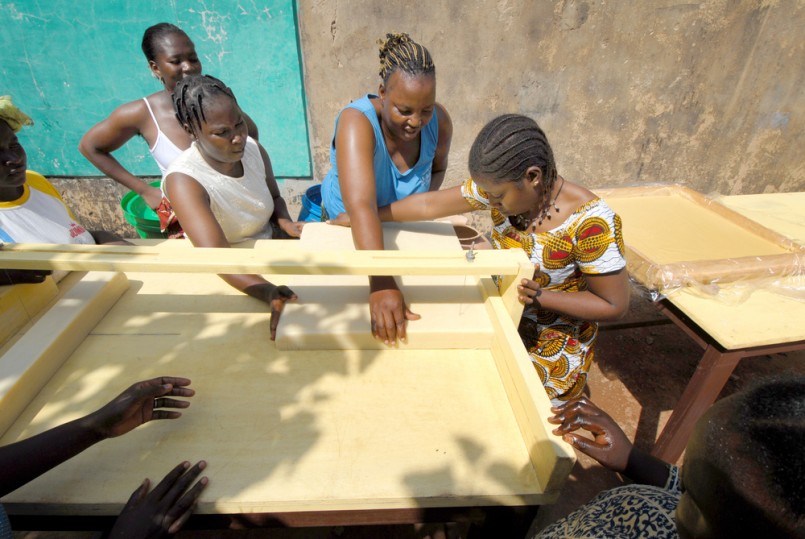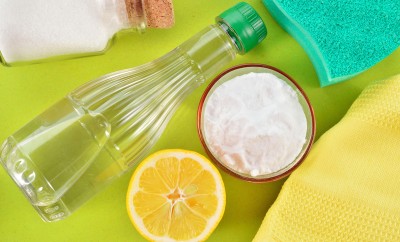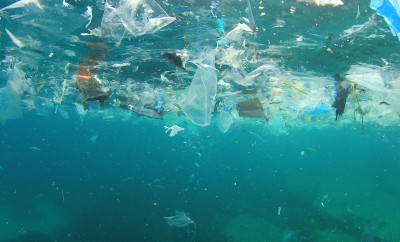Africa
Miracle ingredient Shea butter isn’t all it’s cracked up to be
Shea butter has all but given a makeover to the cosmetic industry throughout recent years, thanks to its multiple natural chemical properties that make it a versatile ingredient now used in many products. Naturally rich in Vitamins A and E, in essential fatty acids, and in other vitamins and minerals, this “miracle ingredient” makes for a great base for a variety of creams and ointments. It is used in moisturizers for dry skin and in conditioners for dry hair, in natural anti-wrinkle creams, in anti-inflammatory products, as a remedy for insect bites, as sunblock lotion, and even as relief of nasal congestion.
Over the last decade, Shea has become an extremely popular ingredient not only of cosmetics but also of food products like chocolate. It’s used, for example, in Kit Kat and Milky Way bars. It’s no wonder that, according to the Global Shea Alliance, the Shea industry has doubled in the last ten years. The big question that’s being raised by some conscientious entrepreneurs and NGOs is: Underneath the Shea craze, what are the conditions of its production?
Shea butter is a fat extracted from the nut of Shea trees (also known as karité trees), which grow naturally in the dry savannah belt of sub-Saharan Africa. While the Shea industry boom might sound like a positive thing for poverty-stricken regions of Sahara, we need to look a little closer to see who’s reaping the benefits.
Shea is typically cultivated and processed by women, who manually harvest Shea fruits, then sort and crush the nuts inside to extract the butter, which is then boiled cleaned, and packaged. Shea butter is known as “women’s gold” not only for its golden color but also because it primarily provides labor and income to millions of women across the continent.
Unsurprisingly, however, those stacking gold from Shea butter are not the women laborers, but the companies and organizations that employ them and that sell the product in various countries in the Northern Hemisphere. The production of Shea butter is extremely laborious, and if labor practices weren’t beginning to change, the situation would be bad enough to boycott Shea butter altogether in protest.
Thankfully, however, some NGOs and cooperatives have sprung up to promote gender equity and to ensure women receive a fair wage for their labor, and meanwhile, in rich countries where expensive cosmetics are consumed, there’s a movement on the rise to produce and sell products a little more conscientiously. It’s along these lines that Alexis Krauss has teamed up with Jessica Assaf to create Beauty Lies Truth, an informative blog about the labor conditions and environmental effects behind cosmetic products. Krauss has also developed her own cosmetic product called Global Beauty Product, in partnership with the cooperative called Global Mamas, which works with Ghanaian Shea butter laborers to ensure they work in safe conditions and for a fair wage.
Let’s just hope that these movements aren’t just there for ethical marketing that really just reproduces unfair labor conditions for the women they pretend to protect.






0 comments